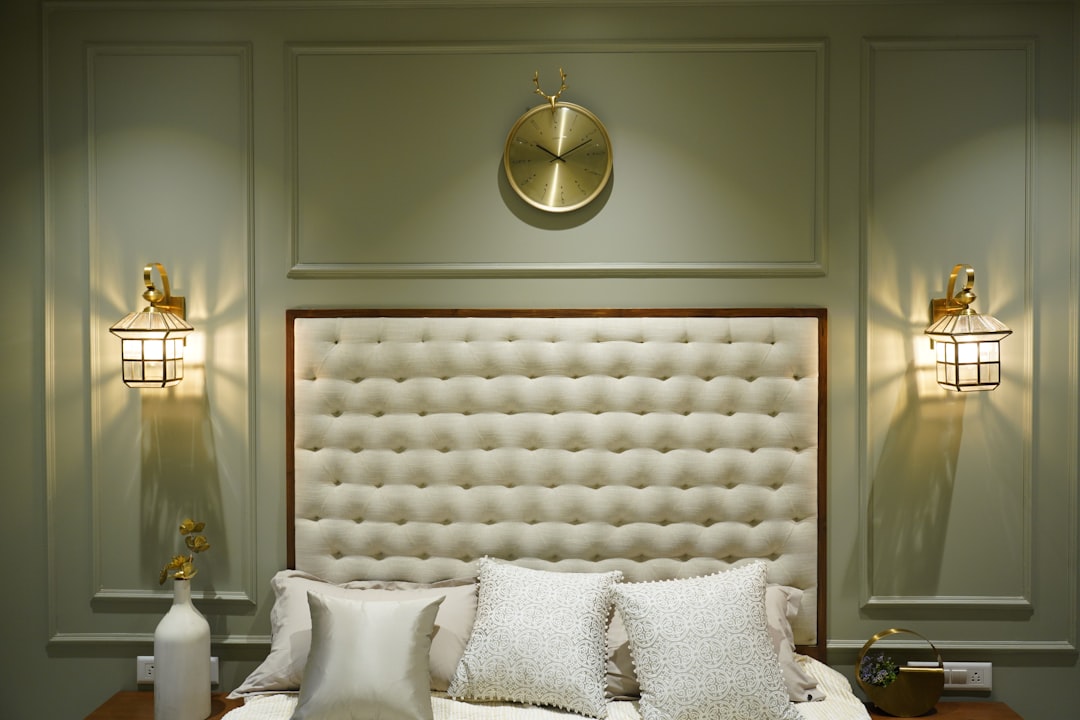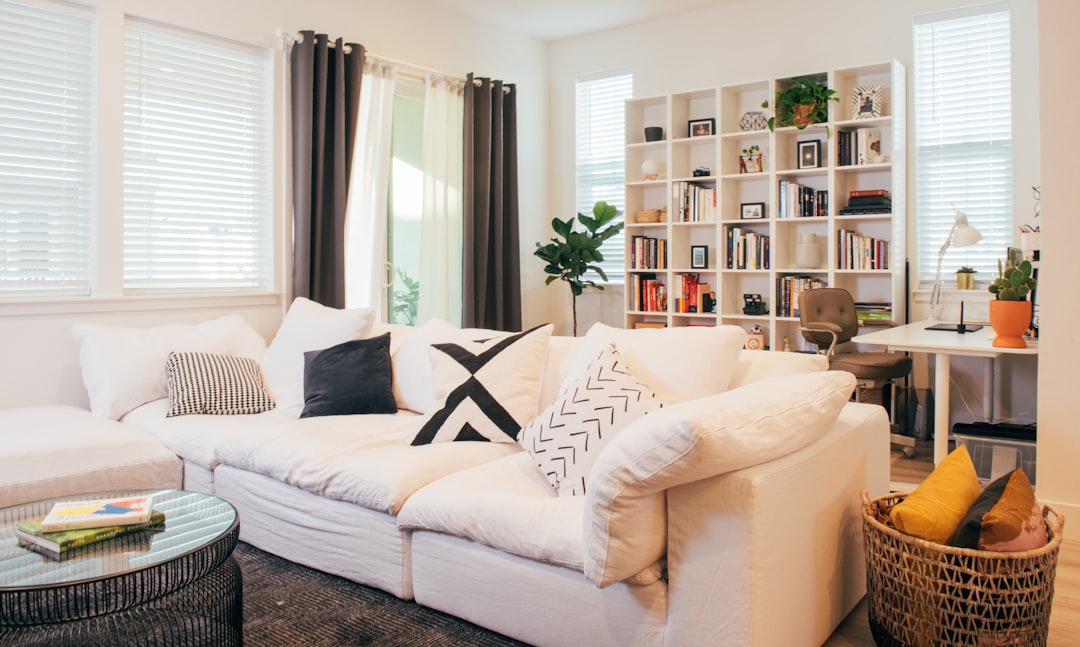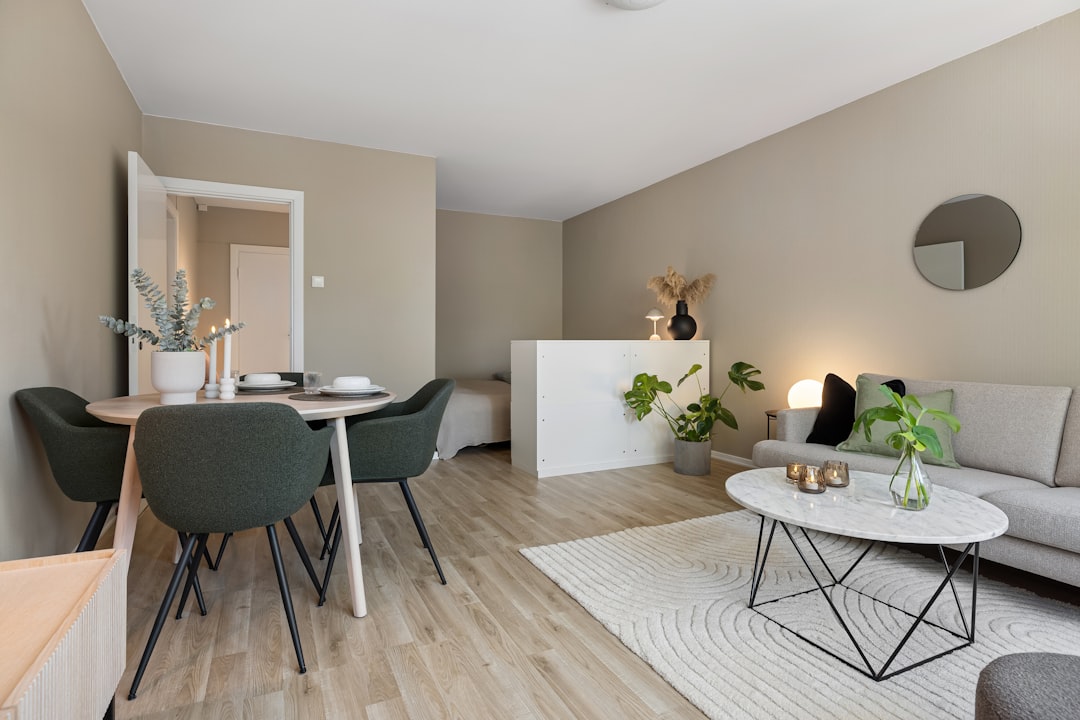Mastering Texture Layering in Luxury Interior Design: How to Create Depth and Warmth in High-End Spaces
Discover how texture layering transforms luxurious interiors into tactile, emotionally rich environments that balance sophistication with comfort. Learn expert techniques, key materials, and practical tips to elevate your space with depth and warmth.
Key Takeaways
- Texture layering engages multiple senses to create emotionally resonant luxury interiors.
- Essential fabrics like velvet, linen, bouclé, leather, cashmere, and raw silk each contribute unique tactile and visual qualities.
- Balance contrast, scale, and sensory elements thoughtfully to achieve harmonious and refined spaces.
- Professional designers bring expertise and access to curated materials for timeless, cohesive results.
- Homeowners can apply simple strategies to build warmth and depth through complementary textures and patterns.
Table of Contents
- The Role of Texture in Luxury Interior Design
- Key Luxury Fabrics and Materials for Texture Layering
- Designer Techniques for Layering Textures and Patterns
- Practical Tips for Homeowners: Layering Texture Like a Pro
- Personalizing Texture Layering for Your Lifestyle
- Why Engage Expert Interior Designers for Texture Layering?
- Summary: Texture Layering as the Heart of Timeless Luxury Interiors
- FAQ
The Role of Texture in Luxury Interior Design
Texture isn’t merely something you see—it’s something you feel. In a luxury space, texture engages multiple senses: it sets the mood, tells a story, and offers subtle cues of comfort and quality.
Luxury interiors go beyond surface beauty, drawing the eye, inviting the hand, and encouraging a genuine emotional connection through layered tactile choices.
Emotional and Sensory Impact
- The softness of a velvet chaise can signal relaxation and warmth.
- Contrasting surfaces—like smooth leather against bouclé—add a sense of interest and balance.
- Materials such as raw silk or textured wall coverings interact with light to create depth through movement and shadow.
For designers, texture is an emotional toolkit—a way to translate personality and lifestyle into surroundings that feel deeply personal and effortlessly refined.
Discover more about texture’s emotional influence
Key Luxury Fabrics and Materials for Texture Layering
Luxury interiors rely on a curated mix of materials, each offering its own tactile and visual qualities. Let’s explore some of the most essential fabrics and surfaces used to create depth and warmth.
Velvet: Plush and Dramatic
- Often used as a room’s focal texture.
- Enhances both bold and neutral palettes.
- Adds a beautifully enveloping quality to interiors.
Velvet, with its signature softness and subtle sheen, is synonymous with opulence. It wraps a room in warmth and drama, making it a perennial favorite for sofas, chairs, and statement cushions.
Linen: Relaxed Refinement
- Offers airiness without sacrificing texture.
- Complements plush fabrics by providing contrast.
- Works especially well in spaces that blend refinement with comfort.
Crinkled, breathable, and effortlessly chic, linen brings a casual elegance that balances heavier textures. It’s ideal for soft furnishings that call for a more natural feel.
Bouclé: Rich in Dimension and Trend Appeal
- Introduces dimensional softness.
- Contrasts beautifully with smooth elements.
- Creates subtle movement and charm.
With its looped, tactile surface, bouclé has surged in popularity for good reason. Whether on curved chairs or decorative pillows, it adds instant warmth and a modern edge.
Leather: Sleek and Grounding
- Brings smooth, tactile balance.
- Pairs seamlessly with velvet, wool, or bouclé.
- Adds earthiness and structure to layered schemes.
Leather lends a refined, organic touch. Durable and luxurious, it stabilizes softer elements and adds a timeless edge to everything from armchairs to ottomans.
Cashmere and Wool: Soft Luxury
- Elevate everyday items through texture.
- Soften strong surfaces and add seasonal coziness.
- Subtly express indulgence through touch.
Perfect for layering on structured furniture, cashmere and wool infuse a room with gentle warmth. Ideal for throws or smaller accessories, these materials speak of comfort and craftsmanship.
Raw Silk: Subtle Sheen, Natural Beauty
- Enhances natural light with a soft glow.
- Adds nuance to monochromatic or neutral palettes.
- Refines spaces with layered softness.
Raw silk introduces a delicate luminosity. Often used for drapes or accents, it reflects light while maintaining an organic, understated elegance.
To dive deeper into luxury textiles, visit Marie Burgos Design on elegant fabric trends.
Designer Techniques for Layering Textures and Patterns
Texture layering goes beyond simply mixing materials. It’s an art of balance—combining contrasts, scaling patterns, and incorporating touchable elements in a thoughtful, harmonious way.
Purposeful Contrast: Harmonizing Differences
- Leather seating paired with velvet cushions adds sophistication.
- Raw silk drapes soften the glow across polished hardwood floors.
- Bouclé on a structured armchair contrasts beautifully with smooth wall finishes.
Scale and Pattern: Rhythm and Flow
- Anchor the room with large-scale patterns—think a textured statement sofa.
- Layer in finer details using throw pillows, rugs, or trims.
- Repeat favorite textures across pieces to unify the design.
Sensory Layering: Inviting Interaction
- Pair firm velvet upholstery with soft cashmere throws.
- Combine raw silk panels with light-filtering linen sheers.
- Introduce materials like hand-forged metals, organic ceramics, or sculptural wood to engage more of the senses.
Architectural Textures: Beyond Soft Furnishings
- Use Venetian plaster, wood beams, or paneled walls for architectural interest.
- Add layered rugs for dimension and warmth underfoot.
- Finish with curated accessories—textured ceramics, tactile art, or aged metals—to complete the sensory story.
Learn more about professional texture techniques at Amy Bishop Design’s blog.
Practical Tips for Homeowners: Layering Texture Like a Pro
Textural depth isn’t reserved for designers. With a few clear strategies, anyone can infuse warmth, style, and elegance into their home.
1. Begin with Foundation Pieces
Start strong with major elements—like a velvet sofa, leather armchair, or bouclé accent chair.
- These anchoring items establish mood and scale.
- Larger textures create substance without overwhelming the space.
2. Build with Contrasts
Create visual and tactile interplay:
- Pair soft with sleek: velvet with leather
- Combine rustic with refined: linen with silk
- Contrast temperature: cool stone with warm wool
This blend keeps a room dynamic and engaging.
3. Mind the Patterns
- Use bold motifs sparingly—in upholstery or rugs.
- Let smaller patterns (stripes, embroidery) support rather than compete.
- Keep continuity by repeating select patterns subtly across rooms.
4. Connect Adjacent Spaces
- Repeat fabrics in different applications.
- Use matching trim or coordinating cushions.
- Choose consistent finishes, like matte brass or smoked oak, to build continuity.
5. Accessorize with Intention
- Use ceramic bowls, handwoven baskets, or artisanal throws.
- Sculptural lighting and textural art can elevate an otherwise simple corner.
- Mixing natural materials—wood, stone, metal—adds grounded richness.
6. Observe Light and Movement
- Opt for materials that respond well to natural daylight.
- Consider how fabric feels when touched or walked across.
- These micro-interactions create quiet moments of luxury.
Personalizing Texture Layering for Your Lifestyle
The most successful interiors are those that reflect the people who live in them. Texture layering, when done right, isn’t just about aesthetics—it becomes a tactile autobiography.
Skilled designers begin by understanding your lifestyle, preferences, and how you experience your space day-to-day. Through mockups and samples, they test combinations until the right balance emerges—one that feels distinctly your own.
By layering textures with care, you move beyond decoration, shaping a home that resonates personally while radiating timeless beauty.
Why Engage Expert Interior Designers for Texture Layering?
An experienced designer brings expertise that transforms vision into reality—without costly trial and error.
- They skillfully balance contrast, scale, and mood.
- Their industry access ensures high-quality, rare, or artisan materials.
- Accessories and finishes are chosen with cohesive intent, not as afterthoughts.
- By aligning furnishings with architectural elements and lighting, they create architectural harmony, not just decorative layering.
Partnering with a design professional offers not just style—but seamless, livable sophistication that stands the test of time.
Summary: Texture Layering as the Heart of Timeless Luxury Interiors
Elegant interiors are built, not bought. Mastering texture layering is the cornerstone of truly luxurious, livable spaces. When fabrics such as velvet, linen, bouclé, leather, cashmere, and raw silk are combined with thoughtful contrast, scaled patterns, and sensory nuance, you create interiors that are:
- Inviting and emotionally resonant
- Visually layered and refined
- Cohesive across rooms
- Rich in tactile comfort
- Tailored to your unique lifestyle
Whether you're exploring on your own or collaborating with a designer, let texture be your guide. With intention and artistry, you can transform any space into a sanctuary of timeless luxury.
*At Selectfurniturestore, we believe the right furnishings bring texture layering to life. Explore our curated selection of luxury pieces designed to introduce warmth, comfort, and style into your home.*
FAQ
What is texture layering in interior design?
Texture layering is the practice of combining various tactile and visual surfaces—such as fabrics, finishes, and materials—to create depth, warmth, and sensory interest in a space. It's key to luxurious, inviting interiors.
Which fabrics are best for creating luxury texture layers?
Essential fabrics include velvet for plushness, linen for relaxed elegance, bouclé for dimensional softness, leather for sleek grounding, cashmere and wool for cozy warmth, and raw silk for subtle sheen and refinement.
How can I avoid making texture layering look chaotic?
Balance is crucial. Use purposeful contrast, control pattern scale, repeat textures thoughtfully, connect adjacent spaces with consistent finishes, and layer both visually and tactilely to create harmony rather than clutter.
Can I layer textures without hiring a professional designer?
Absolutely. Starting with foundation pieces, building contrasts, minding patterns, and accessorizing intentionally allows homeowners to create layered, warm interiors. However, expert guidance can ensure cohesiveness and access to exclusive materials.
How does lighting affect texture layering?
Lighting brings texture to life by emphasizing depth, sheen, and shadow. Natural light enhances materials like raw silk, while different angles reveal tactile qualities, enriching the sensory experience.





